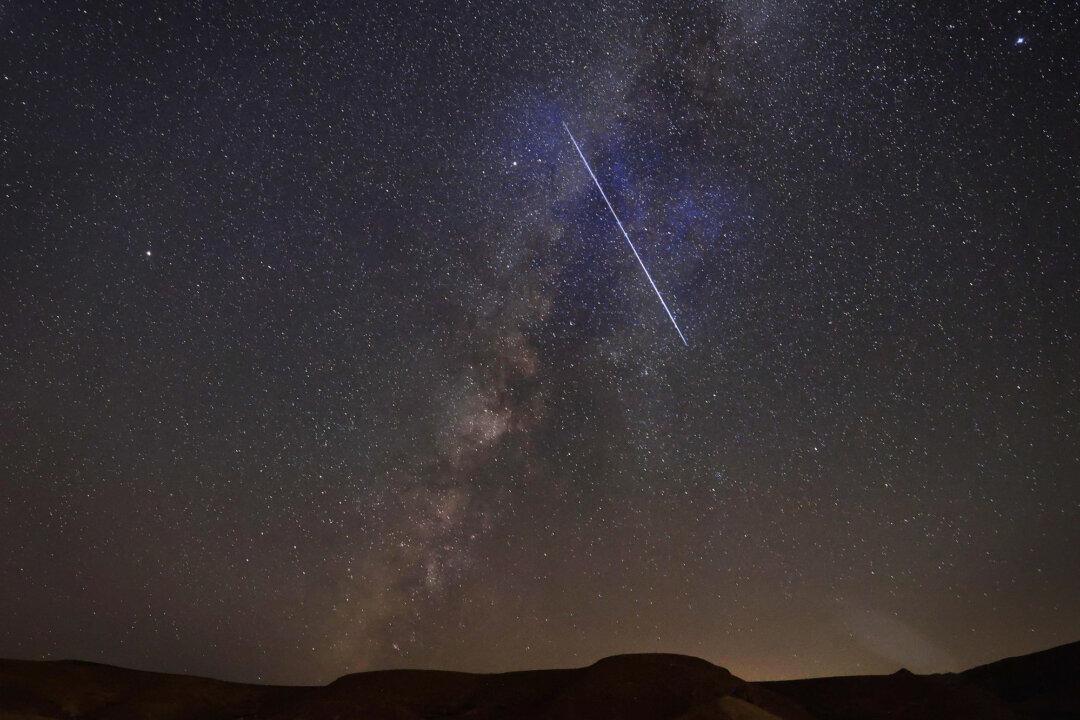It will be a dark night, the moon merely a slim crescent, when the October meteors are expected to fly in fiery shots across the sky. These famed meteors, the Draconids, are known for their extraordinary outbursts of shooting stars, with many over the years culminating in great meteor storms of several thousand meteors per hour.
Experts say a raucous meteor storm probably won’t happen this October. But then again, with meteors, no one really knows for sure.






